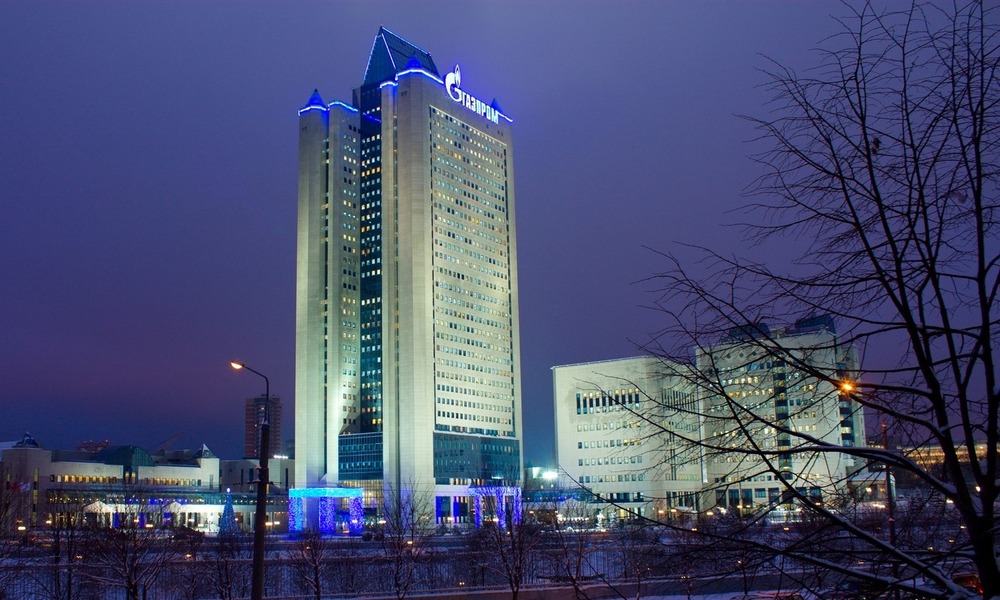RUSSIA MONITOR
Date: 16 January 2019
Gazprom Diversifies Gas Sales on EU Market
In mid-January, Russia’s state-owned company Gazprom announced the beginning of gas sales to Europe’s biggest gas hub in the Netherlands. Since last autumn Russia’s gas giant has been gradually changing its sales strategy on the EU market and it began to sell its raw material making spot transactions through the electronic trading platform. In such a way, Gazprom will have a chance to sell gas volumes to smaller recipients while such a solution may possibly weaken the firm’s position when negotiations long-term agreements as its potential customers will expect to be offered low gas prices.

Gazprom Export, a subsidiary of Russia’s state-run gas firm that is tasked with selling raw materials to foreign entities, announced the launch of gas sales through the electronic trading platform with a delivery point at the TTF gas hub in the Netherlands. The first trading session, during which a delivery plan for February 2019 was announced, took place on January 15. Netherlands-based TTF became Europe’s largest gas hub in 2016, overtaking its British peer, the NBP. TTF sells both pipeline and liquefied natural gas. Back in 2018, as many as 40 bcm of gas were sold through the Dutch hub.
Such steps as entering the TTF hub seems to exemplify Gazprom’s attempts to adapt to volatile conditions of the EU gas market. Gazprom Export started sales through the ETP last September, selling nearly 2 bcm of gas to European customers by the end of the previous year. Yet it cannot be referred to as a large amount, given the fact that the company’s exports to the far abroad, mainly EU countries, reached 202 bcm of gas. Initially, Gazprom Export offered several gas delivery points to its recipients: three of them (Gaspool VP, NetConnect Germany and Waidhaus) are located in Germany, two in Austria (Baumgarten and Oberkappel) and one in Slovakia ((VTP Slovakia). Back in December, the Russian company extended its range of products, offering “day-ahead” sales while on January 10, it concluded the first ever “month-ahead” transaction. Thanks to incorporating TTF into Gazprom’s delivery points, the firm will be able to balance the market in the event of a significant decrease in spot prices. On January 14, Gazprom launched gas for day-ahead delivery to the Austrian virtual trading point (VTP) for the first time. In January 2019, Gazprom sold most of its February gas volumes through the electronic trading platform while some of them were contracted for March delivery to Gaspool and for February delivery to the German NCG hub, the Arnoldstein interconnection point and the Slovakian VTP.
Nonetheless, tariffs included in Gazprom’s contracts may amount to 40 dollars per 1,000 cubic meters higher than in case of spot gas sales. while TTF prices have recently dropped by 30 dollars. Europe’s mild winter weather and the lack of problems with filling underground gas storage facilities resulted with a drop in demand. Also, gas hubs seem more reactive to a decrease in oil prices if to take into account long-term deals, in case of which Gazprom links oil prices with gas prices. It needs therefore to be mentioned that any fluctuations in gas prices tend to occur even a few months after changes in changes in oil tariffs. Thus, there emerges a question why Gazprom insists on selling its raw material through hubs, basing on spot contracts. While in 2008-2011, Russia’s strategic choice was maintaining prices to the detriment of sales volumes, it now hopes to introduce a much more flexible strategy. The firm’s high turnover is likely to compensate for low spot prices.
_________________________________
All texts published by the Warsaw Institute Foundation may be disseminated on the condition that their origin is credited. Images may not be used without permission.














